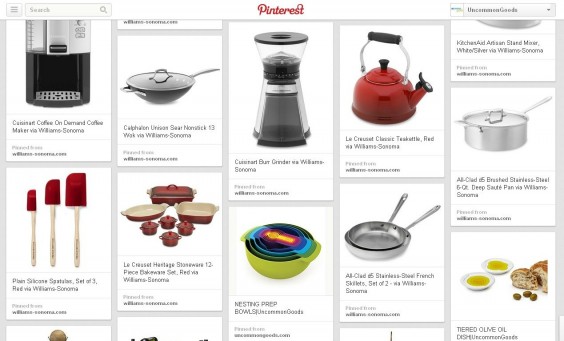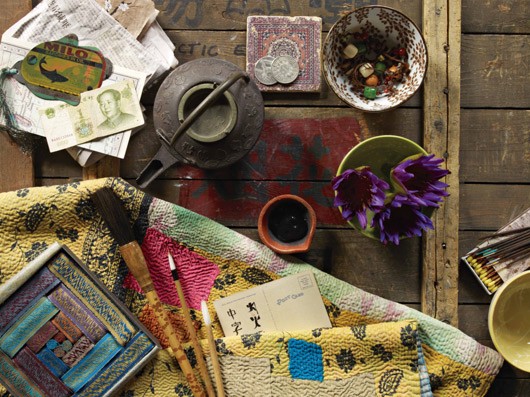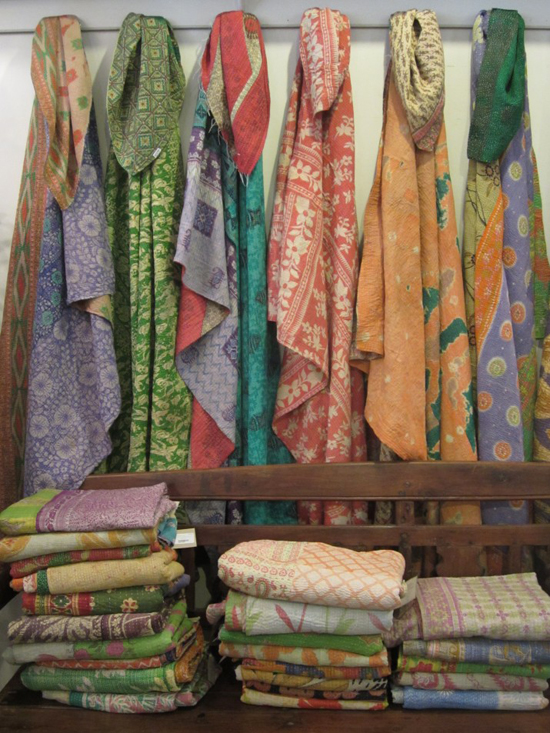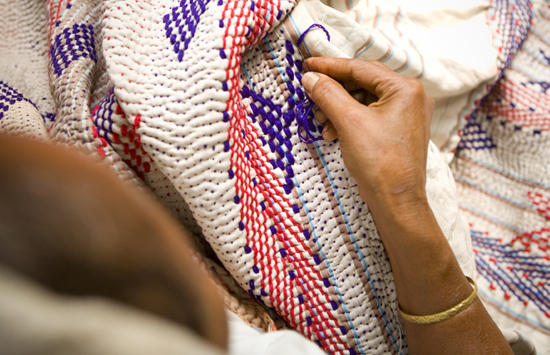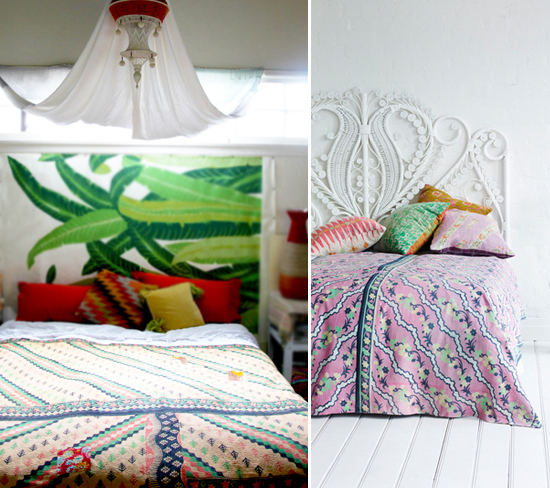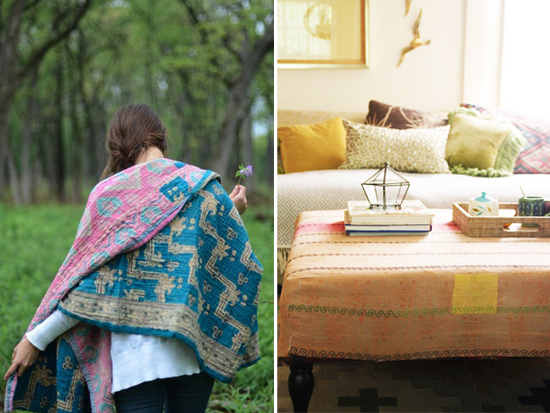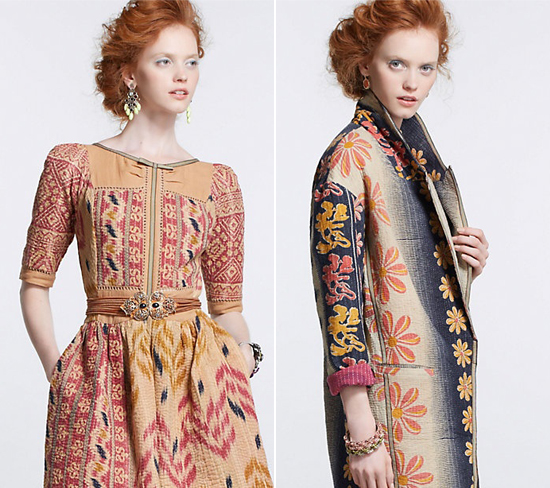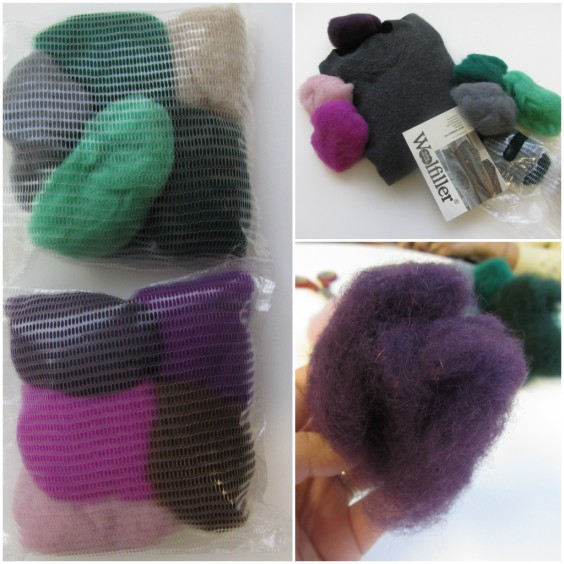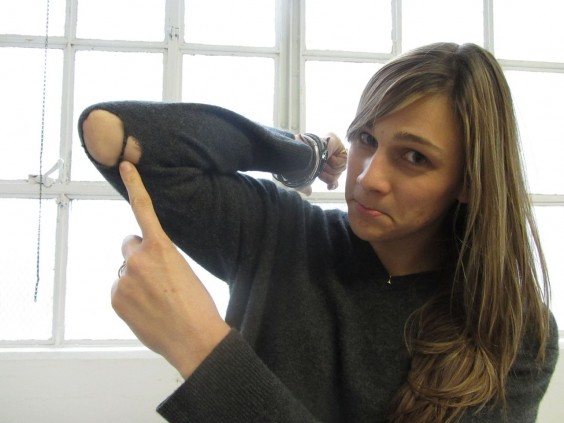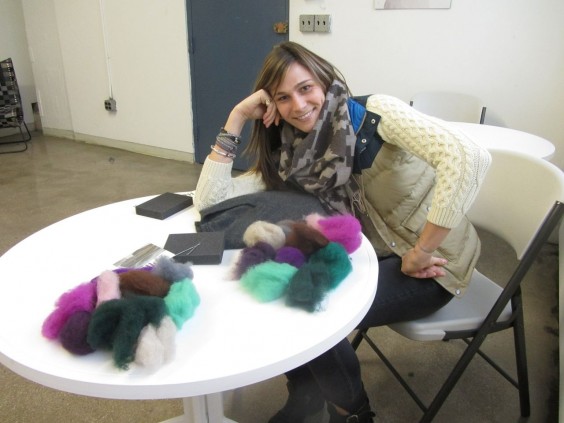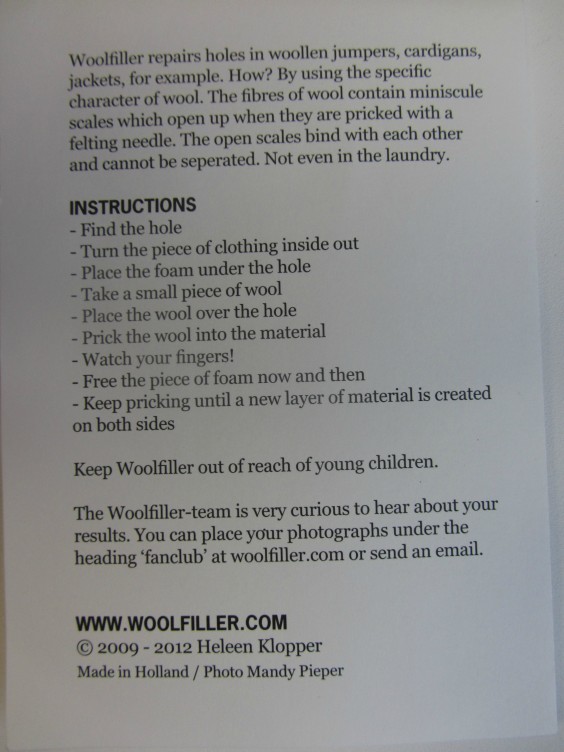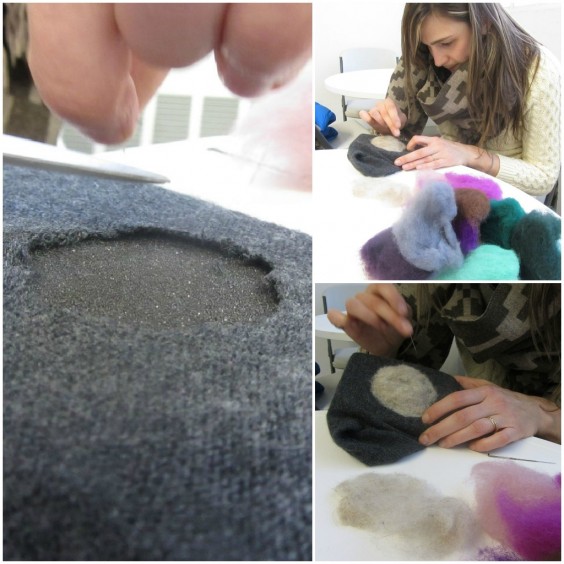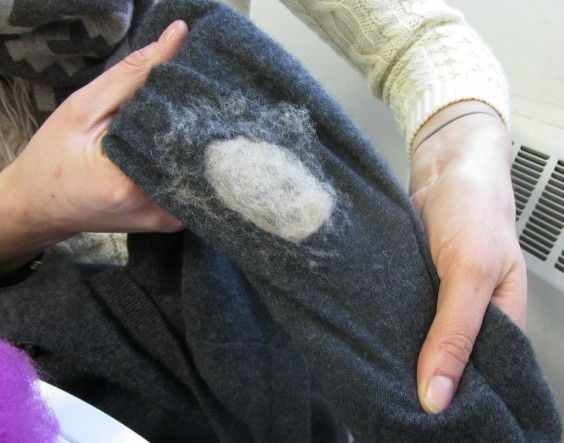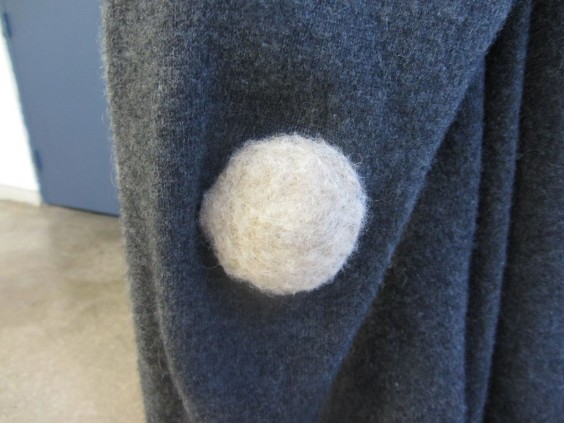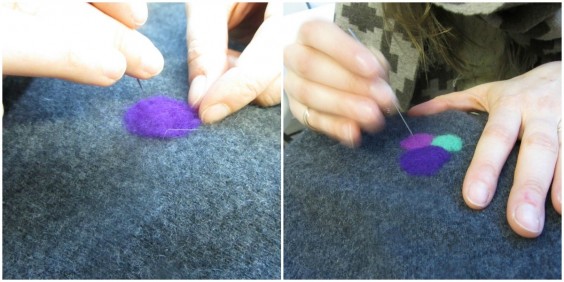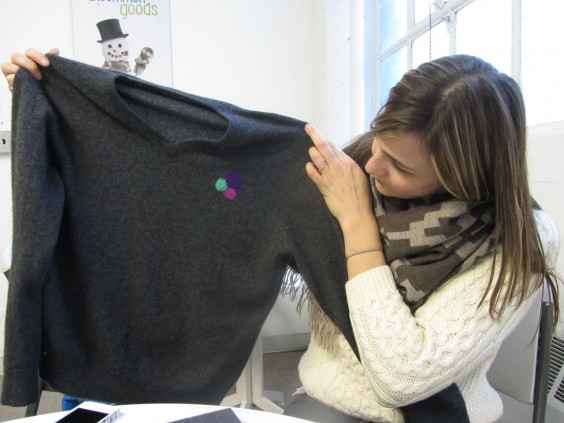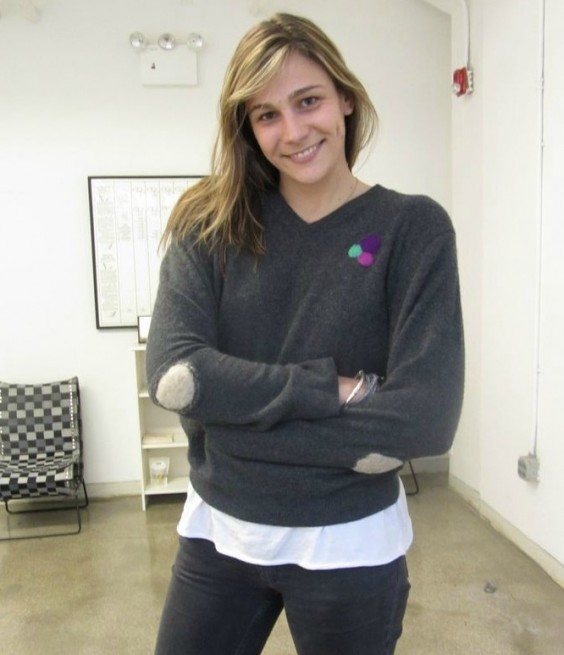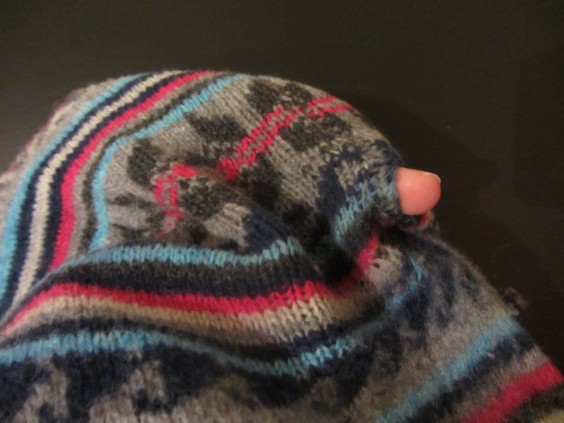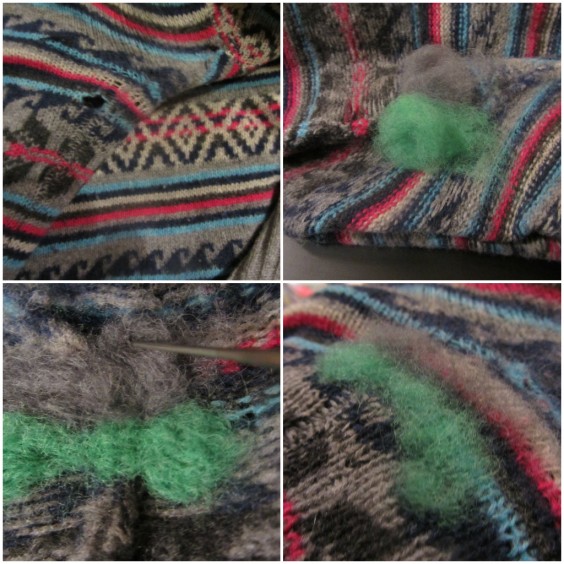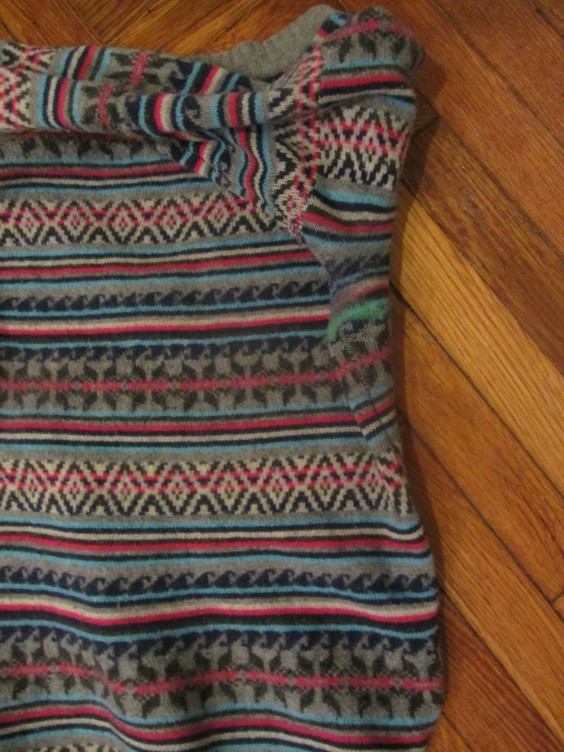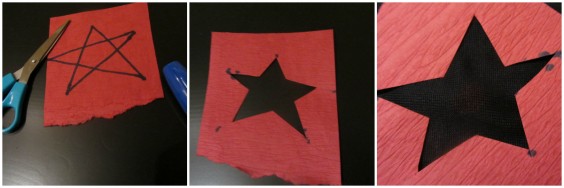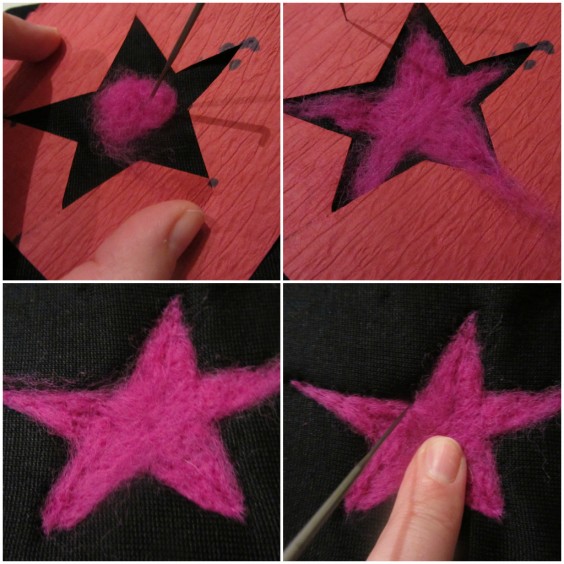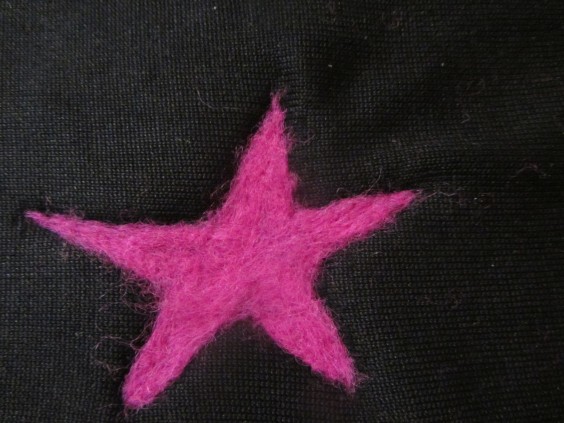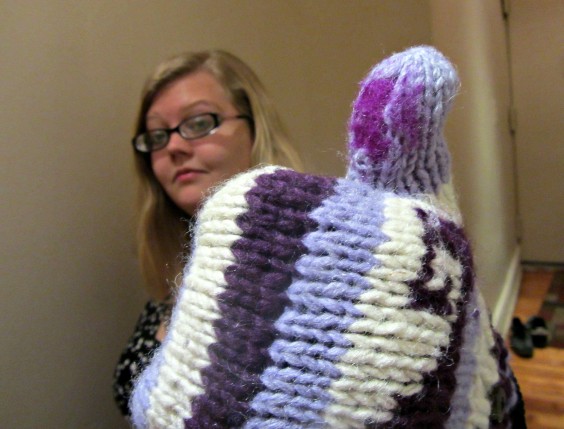Not to sound overly girlie or cliché, but getting engaged was absolutely one of the happiest, most blissful moments (weekends) of my life. And sure, now five months later I am entirely wrapped up in comparing caterers and photographers and yes trying on many, many white dresses and making many, many decisions (who knew there were so many decisions to make?). It’s been a total blast. As it turns out, I love planning! Now, that’s not to say I haven’t had my moments – total emotional breakdowns/spazz moments … I am somewhat comforted to know that I have found this to be a shared experience among just about all my engaged/married friends. (This is a highly emotional time, people!) but I am getting better at thinking big picture and turning any moments of stress into excitement. I think by the time our wedding date rolls around, I’ll have this down to a science. Until then: lots of deep breaths, long runs and on certain nights: copious amounts of wine.
As for some of those details – while we are taking some liberties with certain “traditions”, building a registry was one of the most fun projects I have worked on during this flurry of planning – and we approached this in a somewhat traditional sense – all while infusing our personalities into it from bottom to top. I have been to enough weddings in the past 2-3 years to see several approaches to registries, and being in the retail business and overall a product-passionate person, I am at somewhat of an advantage as to knowing what is in the competitive landscape for products. Here are some tips of the trade and from my experience that might be useful for anyone who is just getting started in this:
(1.) SET UP MORE THAN ONE REGISTRY:
We tried a few different approaches, and in the end, we chose to register with four different sites. We wanted to make sure we gathered the best products from the best sources to match our taste and needs, rather than trying to retro-fit into one or two retailers who might not have exactly what we wanted. Not to mention, a lot of traditional retailers don’t carry the really unique, wow items to add personality into your home. I also really love when my friends register at a few different places, so that I can mix and match gifts and price points to give them what feels like a cohesive package of goodies.
The first place we registered with was the service Knack. We used this to pull in items from sites that did not have their own registry or if there were not enough items on the site to rationalize an entire registry. I had used Knack for friends’ registries and found it exciting to see items aggregated from funky, smaller stores. I liked that it opened up the market for registering outside of traditional retailers, but the checkout process was somewhat laborious to use. (E.g.: to purchase an item, you click into the item page from the main registry page, select “Buy Now” – which then takes you to the separate retailer site to purchase. Once you purchase it through the other retailer (and have to enter in all address information, etc), then you have to click back to Knack to tell the service you purchased it. Not the easiest, I did not check out correctly the first time I used it and I consider myself a pretty tech-savvy person! After imagining some of the less tech-savvy folks in our life trying to use this service, I decided to break out what I could onto separate, more traditional registry sites.
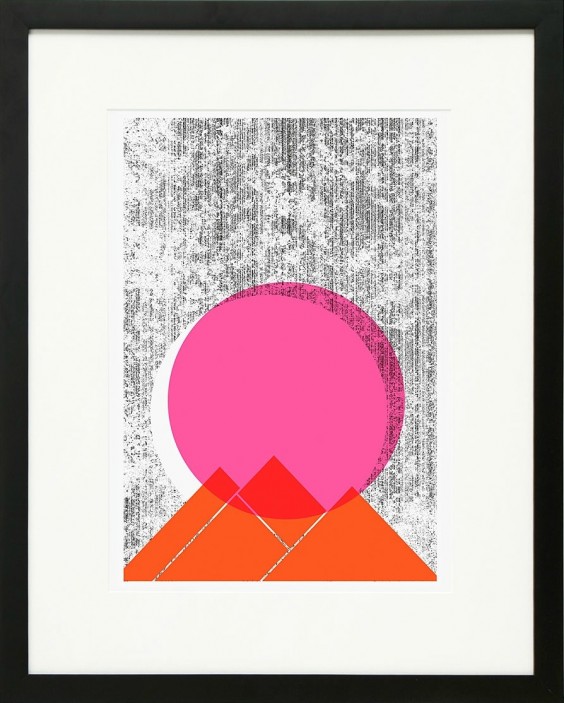
(2.) ASK FOR HELP!
After building out registries which solved for pots and pans, plates and cups, coffee makers and cookbooks, I thought I had thought of everything. Well, thankfully, I sent our registry links around to my mom, sister-in-law, and my fiancé’s mom. Definitely ask around, while there are tons of wedding planning books and websites, I found getting advice from the people who know us best to be the most helpful. They knew we didn’t need overly ornate plates or silver serving pieces, but they also jumped on the fact that I had missed sheets and towels and silverware.
(3.) MAKE SURE TO GET YOUR PARTNER’S SIGN OFF
Building the registry was something I decided to take on and consult with my partner after I was more or less finished. I built out the above described registries, added the links to our wedding website, and before I knew it our family and friends were jumping on items as engagement gifts. (What a lovely surprise!) Luckily, my fiancé and I definitely share a similar taste level and aesthetic so I was not too far off. However, once I saw people starting to buy items, I decided I ought to run the registries by my fiancé. The process of editing was funny, while I tried to pretty much stick to the essentials, I may have tried to slide in a few decorative accents that he quickly and swiftly gave the axe (a handmade bell, Katie, really??). So, make sure you are BOTH on the same page to avoid glares from your one and only after the wedding.
Overall, building a registry is a super fun project; I think this is because it allows you to start picturing what this next phase of our life might look like. Sure, we have lived together for going on 4 years now and have stocked cabinets, but our kitchen is largely a patchwork style collection of cast off odds and ends from our moms’ kitchens (happy to clean out their pantries), plates we picked up from the free shop at a oft-visited dump in New Hampshire, and–most notably–our collection of pots and pans from a particularly successful yard sale day. For two people who love to cook and entertain, curating a collection of items to use on a daily basis was an exciting foray into – dare I say – true adulthood. Because really, I think it’s when you own your first Cuisinart that you can call yourself an adult. But it was during the selection of goods that I realized we could hand pick the items that we would use not only to use to heat up soup on a typical Monday night of netflix-marathon watching, but to make our home with, to serve holiday dinners with our families, and in someway, to define who we are as a couple and how we want to make our home. That being said, I believe our kitchen, and our home will always be a patchwork of odds and ends, but at least now we might have matching tops to all our pots and a functioning coffee maker!
My biggest words of advice: Make it about who you are as a couple. If you never bake, don’t register for bake ware; if you aren’t the formal type, register for some high quality, but funkier versions of things – everyone needs plates to eat off of, you don’t need to go for the super expensive kind if they don’t suit your lifestyle. The rules have changed a lot, embrace the freedom to build your home together and have fun with it. When in doubt, consult your family and friends for help, they will love it!
Get your registry started at UncommonGoods!

